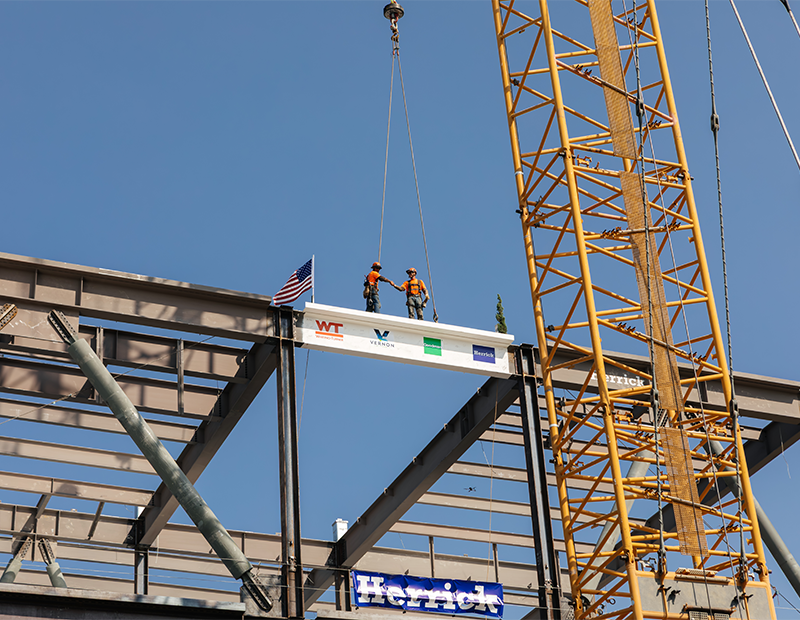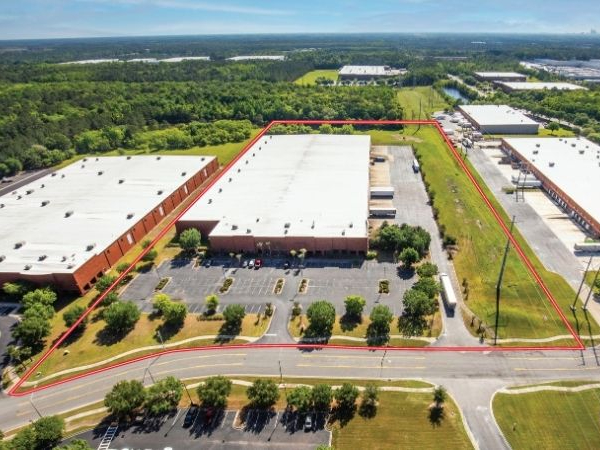Looking at the Drivers of Real Estate
By Paul Daneshrad, StarPoint Properties L.L.C.
I learned early on from one of my peers that identifying the drivers in your business and measuring them are the keys to success. You can manage what you can't measure.
By Paul Daneshrad, President & CEO, StarPoint Properties L.L.C.
I am a big believer of always being a student of the business or industry I am in. And I learned early on from one of my peers that identifying the drivers in your business and measuring them are the keys to success. You can manage what you can’t measure.
Interestingly enough, I just looked at and measured one of the most important macro drivers in our industry, and it scared me. Actually, if I were not an optimist, I would consider this metric so compelling that it might induce me to change my strategic plan and stop buying real estate for a while. The driver is jobs.
I did a quick calculation and based on our current job formation trends, 54,000 jobs added in May, it would take us until 2022 before we got back to baseline employment or the same number of jobs we had in 2007. That’s 10 years. That’s a scary statistic. Now, I know that one month does not make for a “trend” and the May numbers were bleak while April was much better but the implications on real estate are so broad and troubling that it deserves some thought.
If we go into the next recession, which will certainly happen within the next 10 years — with an unemployment rate of 8 percent or 9 percent — that would mean we could see unemployment rates reach 14 percent to 17 percent based on historical experience. Remember, we enter most of our recessions or downturns with unemployment rates below 4 percent, which seems very unlikely for the next one. I don’t believe that we will have a “double-dip” recession but I am relatively confident that we will see the next recession in three to five years, and going into any recession with elevated unemployment levels makes me think and say “hmmmmmm…”
The extra m’s are for emphasis, and they are needed because job formation is one of the single most important drivers of real estate demand — and the outlook is tenuous.








You must be logged in to post a comment.